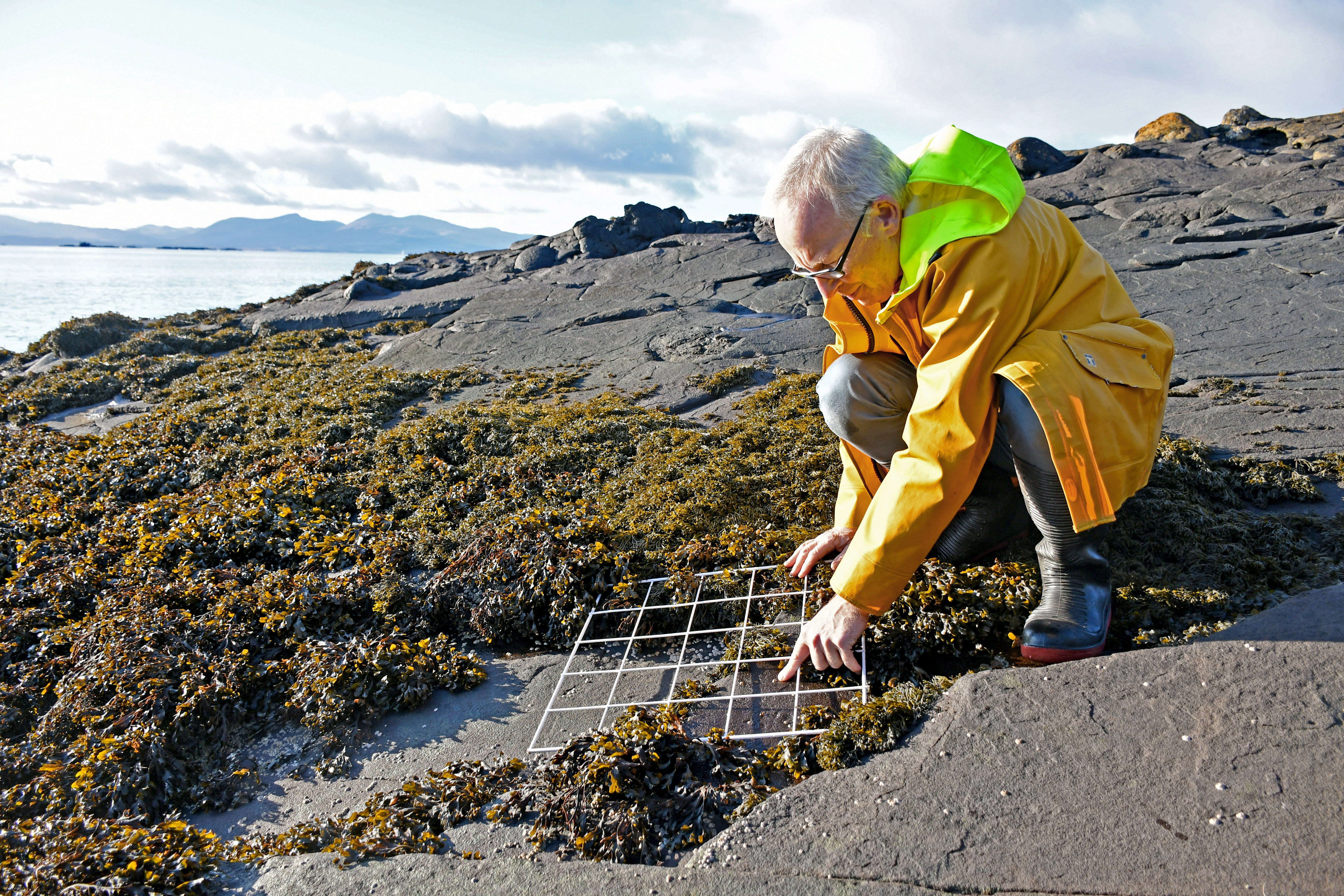How fish keep their cool in warming oceans

AN international study of ocean warming suggests that some cold water species will continue to thrive by seeking refuge in cooler, deeper water.
Researchers from the UK, Japan, Australia, the US, Germany, Canada, South Africa and New Zealand analysed three million records of thousands of species from 200 ecological communities across the globe.
Reviewing data from 1985 to 2014, the team, led by Prof Michael Burrows of the Scottish Association for Marine Science (SAMS) in Oban, showed how subtle changes in the movement of species that prefer cold water or warm water, in response to rising temperatures, made a big impact on the global picture.
The findings, published in the journal Nature Climate Change, show how warm water species increase and cold water marine species become less successful as the global temperature rises. However, the study also shows how some cold water species adapt.
While the global warming trend was widely seen, the North Atlantic showed the largest rise in average temperature during the time period.
But for fish communities in the Labrador Sea, where the temperature at 100m deep can be as much as five degrees Celsius cooler than the surface, moving deeper in the water column allowed the cold water species to remain successful.
The different responses of species to warming make predicting biodiversity redistribution and relative abundance a challenge, the report noted.
‘The composition of fish communities changed less than expected in regions with strong temperature depth gradients,\’ it said, adding that in these communities, there is a ‘strong prognosis of resilience to climate change’.
Prof Burrows said: ‘The global picture shows what we suspected was happening: changes in the composition of communities exactly reflect ocean warming.
‘However, within these communities are subtle changes that make a huge, and previously unknown, difference to the bigger picture.’
The study looked at data from the North Atlantic, Western Europe, Newfoundland and the Labrador Sea, the east coast of the US, the Gulf of Mexico, and the North Pacific, from California to Alaska.
Prof Burrows added: ‘From 1985 to 2014 we conducted the equivalent of an electoral poll in the ocean, showing swings between types of fish and plankton normally associated with either cold or warm habitats.
‘As species increase in number and move into, or decline and leave, a particular ecological community, the make-up of that community will change in a predictable way.
‘Most of the data collected were targeted surveys of commercial fish stocks, so the changes seen reflect those likely to be seen in fish markets as cold water fish, like cod and haddock, decline while warm water species, like red mullet, increase with warming.’
There has been a temperature rise of almost one degree Celsius in some parts of the ocean since 1985, a significant change in just three decades, said Prof Burrows.
‘While this may not sound like a big change, it has a considerable impact on species that may already be on, or close to, their maximum temperature tolerance.
‘A gradual temperature change like the one we are witnessing is not going to cause extinctions overnight but it is affecting the success of many species, not least zooplankton such as copepods, which are crucial to the ocean food web.’
The report concluded: ‘In the northern temperate coastal oceans in this study, warm tolerant species of plankton and fishes are slowly replacing their cold tolerant counterparts over the timescales of climate change, and if those species have similar roles, suggesting a capacity for the oceans to continue to function.’
Read the full report at https://www.nature.com/articles/s41558-019-0631-5

